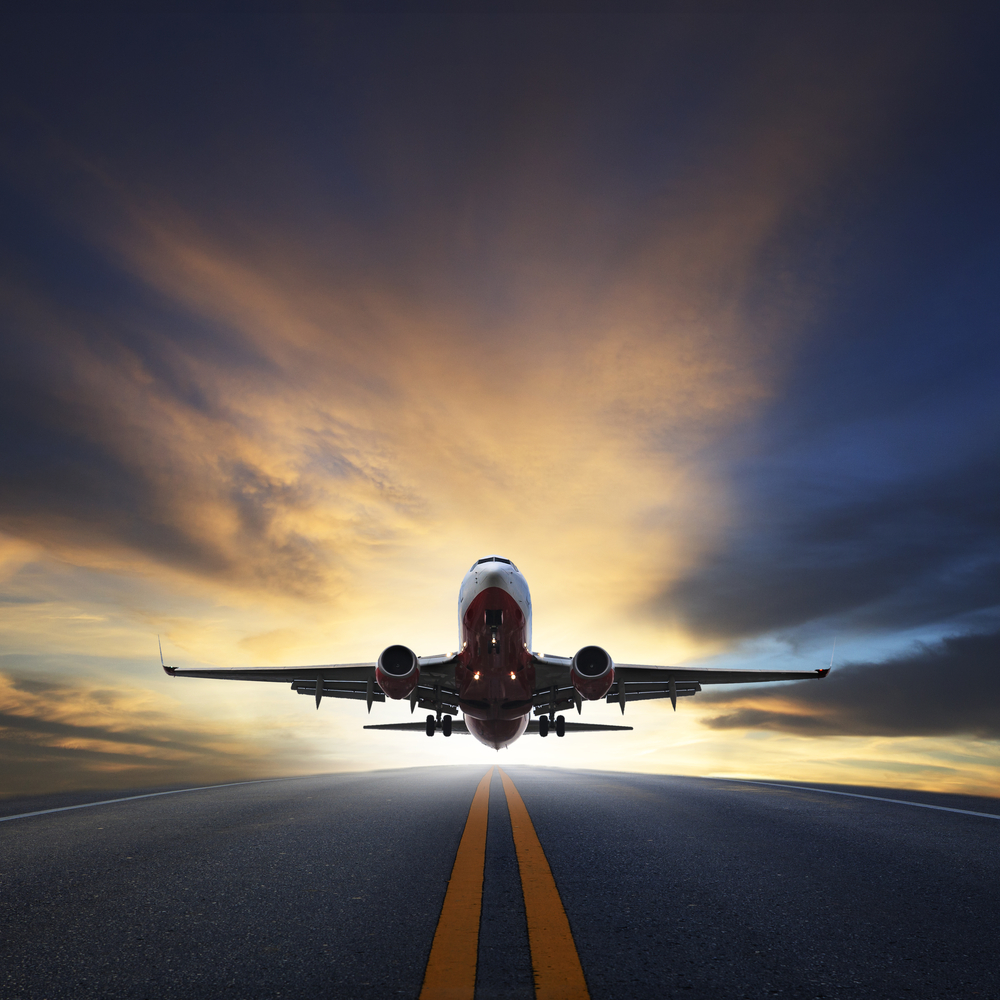
In its most recent Aerospace Forecast report, the Federal Aviation Administration (FAA) predicts strong growth over the next 20 years, including increased use of drones and commercial space launch and re-entry.
Aircraft operations themselves are predicted to increase by more than 25 percent over the next two decades. Over just one year, FAA expects the passenger figures from 2018 will have reached 780.8 million — a 5 percent increase over 2017’s 743.9 million. Major domestic flights are expected to get the best of this, at a 5.4 percent growth, while regional domestic flights will gain around 3.4 percent. International passenger lists are also expected to rise by 2.8 percent.
An even better figure for the aviation industry is that miles traveled by those passengers are also rising. Mainline domestic carriers saw revenue passenger miles (RPMs) rise by 5.5 percent and regional by 4.4 percent, while international RPMs increased around 3.4 percent. Landings and take-offs rose accordingly, but so too have other, less traditional flight factors.
Use of small model unmanned aircraft systems (UAS) is expected to grow by as much as 200,000 vehicles by 2023 — or 2.2 percent. On the commercial level, things are also looking good, with a nearly tripled jump to 835,211 by 2023, meaning an average annual growth of 24.7 percent. At the same time, commercial space launch and re-entry operations are expected to jump from 35 to 56 in 2021.
To accommodate these various evolutions, the U.S. Department of Transportation and the FAA want to improve the nation’s airports and update the airspace system through satellite-based air traffic technologies.